11 Popular Foods That Are Surprisingly Illegal to Grow Yourself
Certain foods that seem harmless can be illegal to grow in your backyard due to environmental concerns, invasive species, or health risks. While many plants are safe for cultivation, some may require special permits or be prohibited altogether in specific regions. Understanding these restrictions can help you avoid legal trouble and protect local ecosystems. In this article, we explore the common foods that should be avoided in your home garden.
This post may contain affiliate links, which helps keep this content free. Please read our disclosure for more info.
Pineapples (in some states)
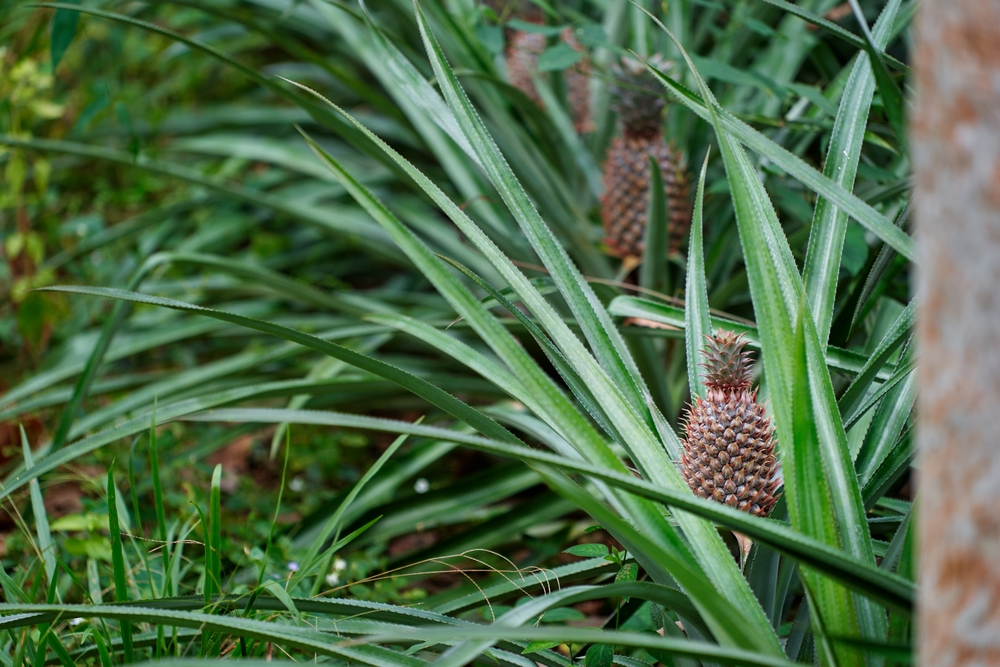
Pineapples are tropical plants, and while they are not illegal to grow in all parts of the United States, there are regulations in place in certain states due to concerns about the spread of invasive pests. The pineapple plant is often susceptible to pests and diseases, which, if allowed to spread, could threaten local agriculture. Some states with strict agricultural controls, especially those that depend on delicate ecosystems, prohibit planting tropical plants like pineapples to prevent the introduction of these risks. To avoid any legal issues, check with your local agricultural authorities before planting one in your backyard.
In states where pineapples are legal to grow, it’s important to ensure that you’re planting them in a controlled environment, such as greenhouses or indoor spaces, where the plant won’t impact native flora. This can also help protect your crops from diseases and pests that might otherwise be carried by the plant.
Aloe Vera (in certain states)
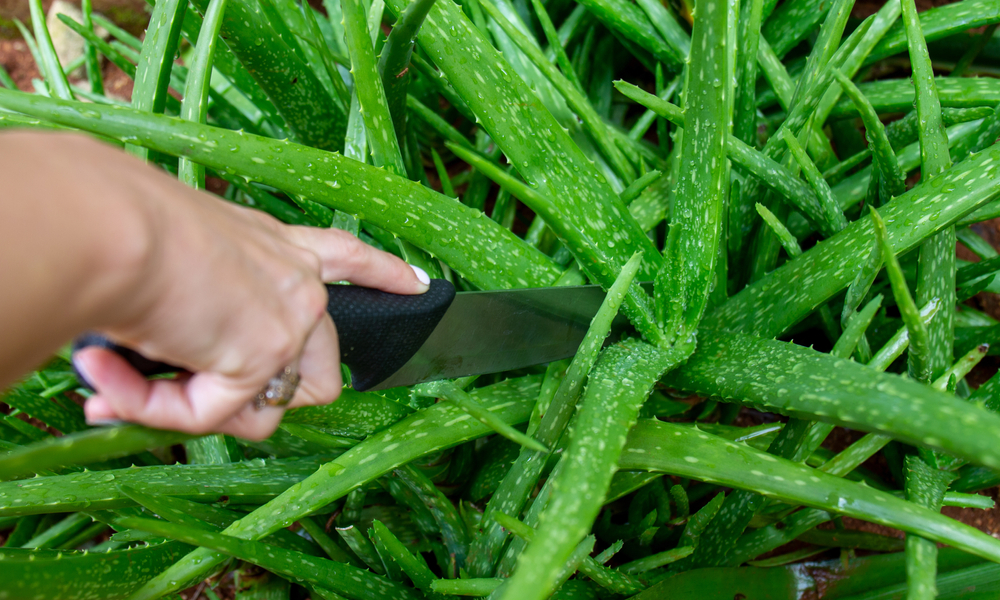
While aloe vera is a popular household plant, it is considered illegal to grow in some parts of the U.S., particularly in areas where it is classified as an invasive species. Aloe vera can spread rapidly, especially in areas with a warm climate, and may pose a threat to local ecosystems by competing with native species. This has led to restrictions in several states where the plant is considered a potential threat to agricultural land. To avoid legal complications, it is important to check local agricultural guidelines before planting aloe vera.
Opt for alternative plants that are more suited to your local environment if aloe vera is restricted in your area. Local nurseries often carry plants that are both safe and beneficial for your garden.
Ginseng (wild)
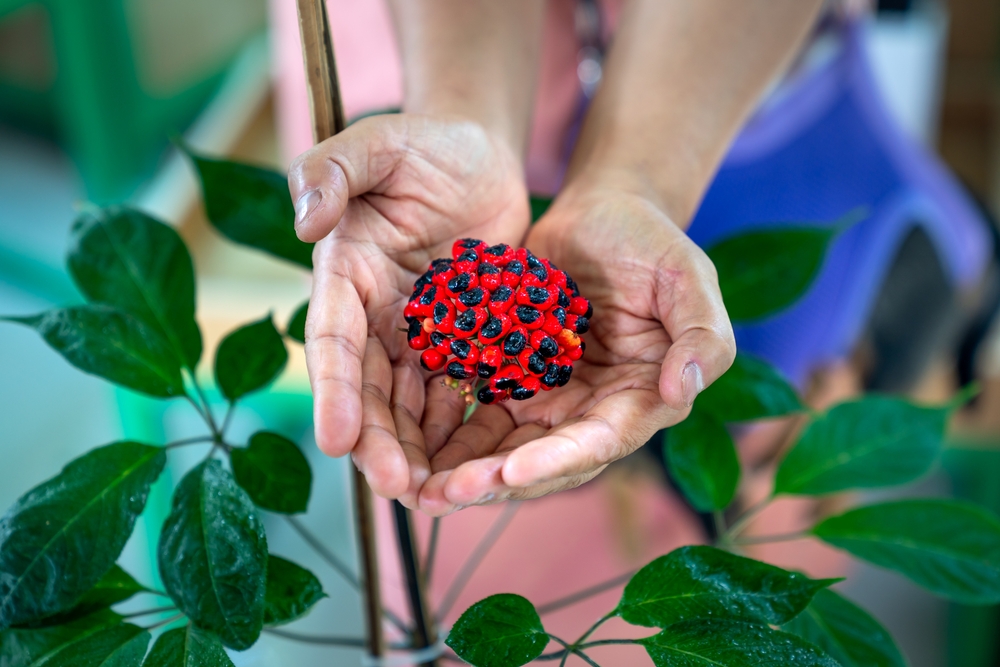
Ginseng, particularly wild ginseng, is a plant protected under various state and federal regulations due to its declining population in the wild. In the U.S., wild ginseng has been overharvested for medicinal use, and many states now classify it as a threatened species. Because of its high value in traditional medicine, there are strict laws governing the harvest and cultivation of wild ginseng, and it is illegal to harvest it from the wild without a special permit. These regulations aim to protect the species from being exploited to extinction.
If you’re interested in growing ginseng in your backyard, it’s essential to only cultivate cultivated varieties, which are legally grown in controlled environments. Be sure to check state-specific laws before planting, as even cultivating wild ginseng in some areas may be restricted.
Chili Peppers (in some regions)
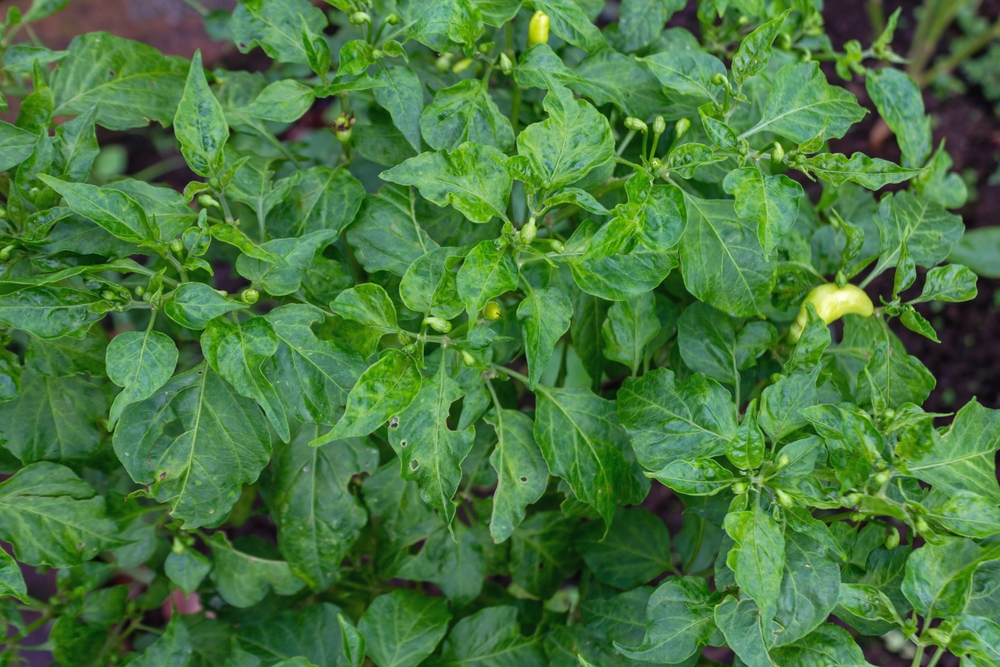
Chili peppers are often restricted in certain regions, particularly those that are sensitive to invasive species. The seeds of some chili pepper varieties can spread quickly and take root in wild areas, where they may crowd out native plants. This is particularly true for varieties that are known for their ability to grow in harsh environments. To avoid potential legal issues, gardeners should select pepper varieties that are approved by local agricultural authorities and avoid planting peppers that could harm the environment.
In regions where chili peppers are restricted, it is important to consult with local gardening experts to identify safe and legal varieties to plant.
Blackberries (in some regions)
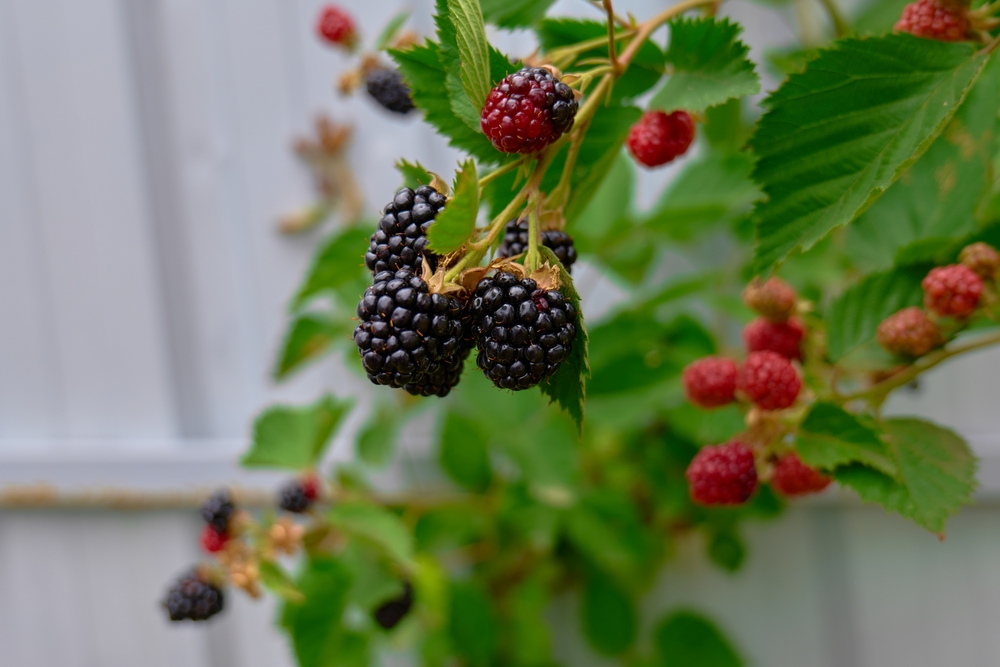
While blackberries are commonly grown in gardens across the U.S., certain varieties are considered invasive and may be illegal to grow in some states. The problem arises with some types of wild blackberries, which are known for their rapid spread and ability to dominate other plant species. These varieties can overwhelm local vegetation and disrupt native habitats, leading to restrictions on their cultivation in some regions. States with strict agricultural rules may prohibit planting certain types of blackberries, particularly wild or unmanaged varieties.
If you’re keen on growing blackberries, consider selecting non-invasive cultivars that are allowed in your area. Always verify the type of blackberry you’re planting and check local laws to ensure it does not pose an environmental threat.
Cabbage (certain types)
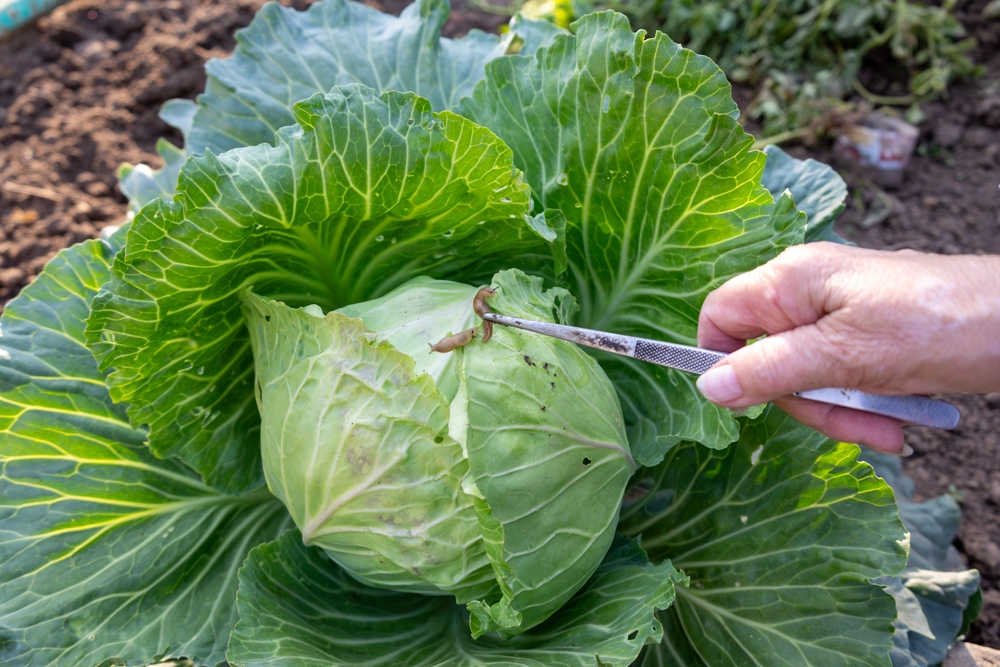
Certain types of cabbage are illegal to grow in specific regions due to their susceptibility to pests and plant diseases. The cabbage root fly, for example, can spread quickly in areas with a high concentration of cabbage plants. These pests can then affect other local crops, leading to economic losses for farmers. To avoid these risks, check local regulations before planting certain cabbage varieties.
Consider growing cabbage types that are known to be resistant to pests and diseases, and ensure they are legal in your area before planting.
Hemp (without a permit)
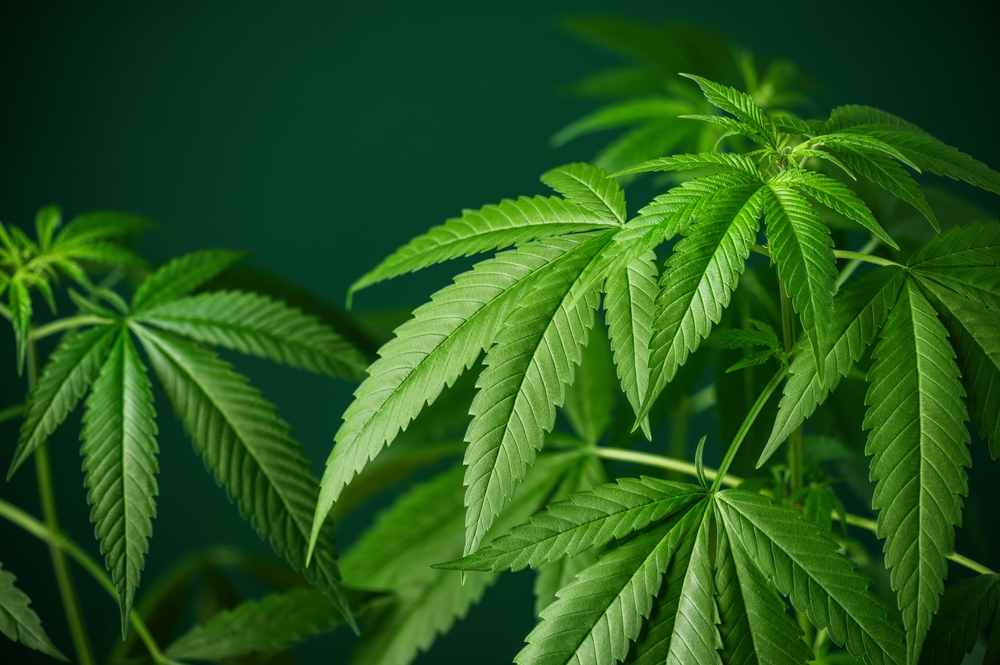
While hemp has been legalized for commercial cultivation in many states, growing hemp in your backyard without the proper permits remains illegal in certain regions. Hemp contains trace amounts of THC, the psychoactive compound found in marijuana, which makes its cultivation highly regulated. Although hemp is not inherently harmful, growing it in unregulated environments without proper oversight can lead to legal issues, particularly if the crop exceeds THC limits or is grown for illegal purposes. To avoid problems, ensure you are aware of local regulations and acquire any necessary permits before planting hemp.
In states where hemp cultivation is legal, you’ll need to follow strict guidelines regarding plant height, THC levels, and even harvesting methods. It’s vital to educate yourself on these requirements to avoid any legal consequences.
Tomatoes (certain varieties)
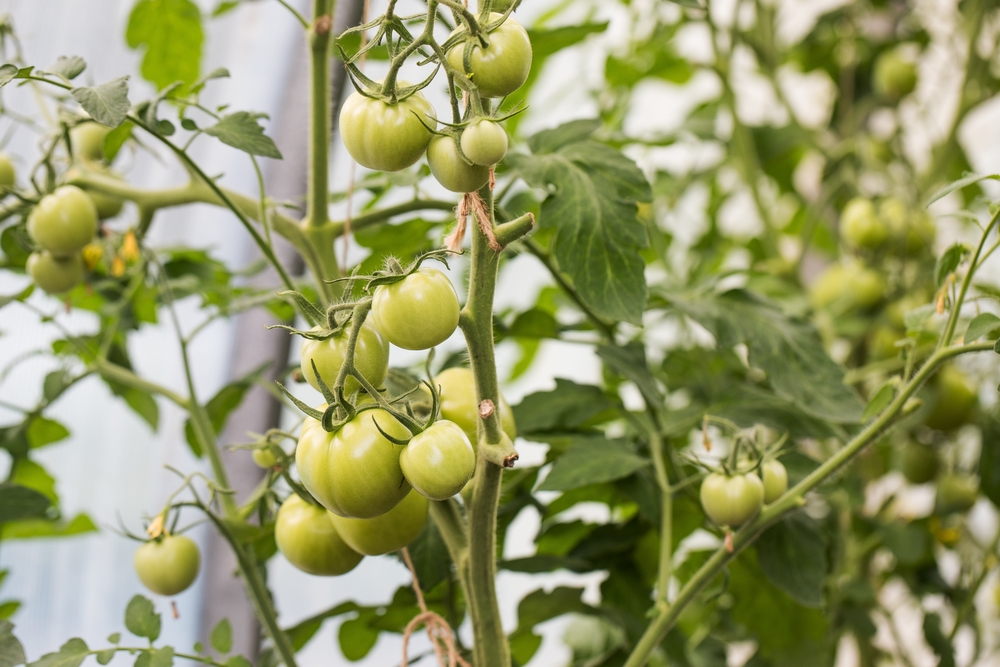
Tomatoes, particularly certain heirloom varieties, are banned in some areas due to their potential to carry diseases that can infect local crops. Some states have imposed regulations that restrict the planting of certain tomato breeds in specific areas, particularly those prone to blight or other plant diseases. These diseases can quickly spread from home gardens to larger agricultural fields, threatening local food production. For gardeners, it’s important to research which tomato varieties are legal and safe to grow in their specific region.
If you’re growing tomatoes, consider choosing disease-resistant varieties that are known to thrive in your climate. Always verify whether there are any local restrictions on the varieties you wish to plant before sowing seeds.
Cucumbers (certain varieties)
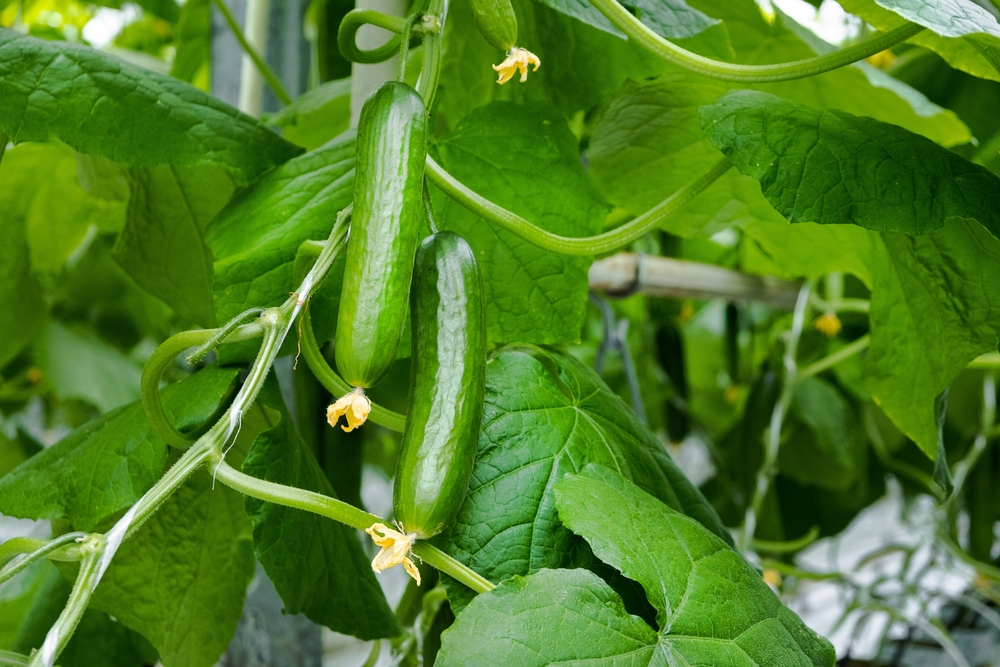
Much like tomatoes, cucumbers are subject to restrictions in some areas due to their potential for spreading plant diseases. Specific cucumber varieties, particularly those susceptible to bacterial wilt, have been banned in certain parts of the country where the disease is prevalent. These diseases can spread rapidly and damage commercial crops. Gardeners should be aware of these restrictions and ensure they are planting disease-resistant cucumber varieties approved by local agricultural authorities.
To avoid legal issues, always check with your local agricultural office before planting cucumbers, and opt for approved varieties that are known for their resistance to disease.
Japanese Eggplant
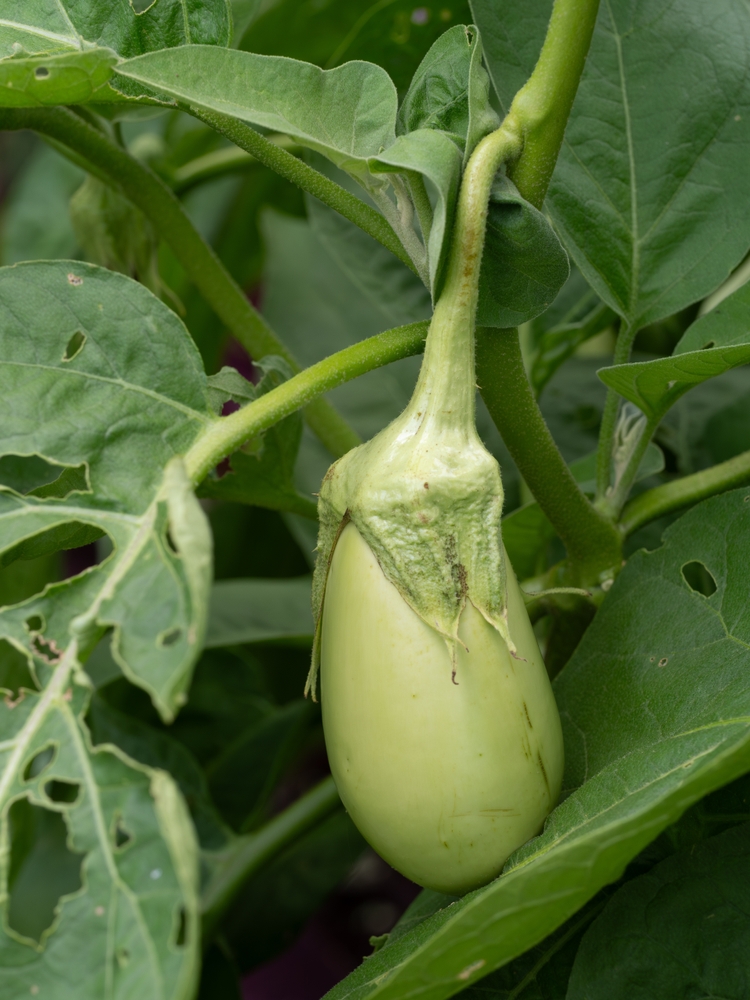
Japanese eggplant is a popular vegetable known for its mild flavor and tender texture. However, in certain areas, it is prohibited due to its potential to harbor the eggplant borer, a pest that can cause severe damage to eggplants and other plants in the Solanaceae family, such as tomatoes and peppers. The eggplant borer lays its eggs inside the eggplant, and the larvae feed on the fruit, causing it to rot. This pest can spread quickly, making it a threat to local agricultural systems, especially if not properly managed.
To avoid legal issues, gardeners should verify if the specific variety of Japanese eggplant they want to plant is legal in their area. Opting for pest-resistant varieties or growing eggplants indoors in a controlled environment can help minimize the risk of infestation and keep your garden free from harmful pests.
Wild Carrot (Queen Anne’s Lace)
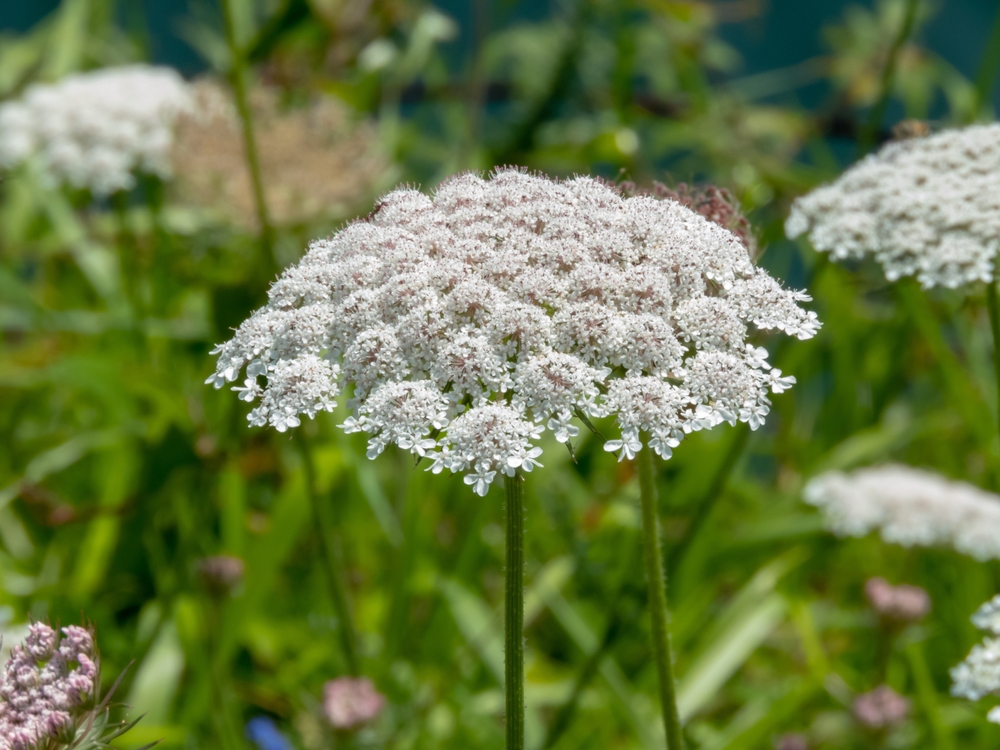
While Queen Anne’s Lace is often seen as a wildflower, it is illegal to grow in some parts of the country due to its resemblance to the toxic poison hemlock. This plant can be dangerous to livestock and humans if consumed, leading to strict regulations in certain areas. While it’s not inherently harmful in small quantities, its potential for confusion with poisonous plants has led to restrictions in certain states. To avoid legal trouble, be sure to check local laws regarding wild carrots and their similar-looking cousins before planting them in your garden.
To stay safe, gardeners should avoid planting Queen Anne’s Lace in areas where it is restricted and opt for safer, non-toxic alternatives instead.
This article originally appeared on Avocadu.
